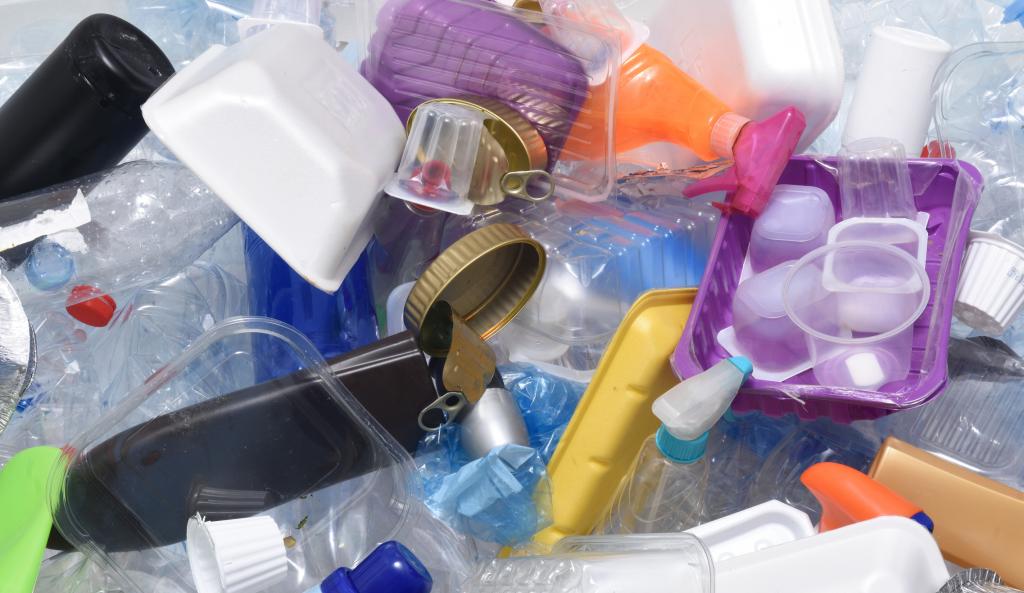- Plastic’s Pervasiveness: Because of its advantageous features such as durability, plastic has become a pervasive aspect of modern life.
- Environmental Impact: Approximately half of all plastic is used once and then discarded, contributing to serious environmental challenges such as ocean contamination.
Plastic’s Psychological Consequences
- Influence on Consumer Behaviour: The ubiquitous presence of plastic shapes consumer choices and behaviours, which are influenced by marketing methods, packaging design, and product aesthetics.
- Packaging and Brand Perception: Visual attractiveness and brand image have a big impact on customer preferences when it comes to plastic use.
- The use of colour in packaging design elicits distinct feelings and expectations, impacting purchasing decisions.
Convenience and a Scarcity of Alternatives
- Convenience: The ability of plastic packaging to keep items fresh and hygienic has been a fundamental driver of its global domination.
- Lack of Economical Alternatives: The lack of economical alternatives for food packaging frequently forces consumers to choose plastic-wrapped items.
Plastic Use and Pro-Environmental Behaviour (PEB)
- Understanding PEB: Using and purchasing less plastic is an example of pro-environmental behaviour affected by awareness, knowledge, and values.
- PEB Influencing Factors: Concern about plastic, awareness of its effects, and others’ apparent commitment to addressing its impact all play a part in forming PEB.
Market Developments and Social Influences
- Social Media and Impulsive Buying: The rise of social media and peer pressure have been related to an increase in compulsive buying, which frequently leads to an increase in plastic usage.
- Influence of Social Norms: Consumption-promoting social norms have led to an increase in plastic use, despite environmental implications.
Stages of Behavioral Readiness in Plastic Consumption
Five Stages of Readiness include-
- Pre-contemplation,
- Contemplation,
- Preparation,
- Action, and
- Maintenance.
The Storytelling and Marketing Roles in Plastic Awareness
- Emotional Engagement: Marketing stories can emotionally connect buyers to the lifecycle of plastic objects, increasing environmental awareness.
- Marketing power can impact consumer behaviour in both positive and bad ways in the context of plastic use.
- Understanding the specifics of a problem (objective knowledge) vs personal belief or awareness (subjective knowledge) influences behaviour.
- Obstacles to Action: Plastic pollution intervention is hampered by a lack of personal connection, a slow environmental impact, moral disengagement, and immediacy concerns.
The way forward
- The Role of Education and Design: While knowledge is important, behavioural change is also dependent on product design that promotes environmentally friendly choices.
- Supplier and retailer liability: Packaging should be kept to a minimum, recyclable materials should be used, and recycling instructions should be explicit.
- Initiatives in Policy: Policies that raise awareness of the effects of plastic pollution can enable a behavioural shift towards sustainability.
- The Rise of Sustainable Brands: There is a rising market for environmentally conscious items as consumers increasingly look to brands for sustainable solutions.
Source: https://www.downtoearth.org.in/blog/waste/psychology-of-plastic-use-how-marketing-packaging-and-product-design-affect-customer-behaviour-93588#:~:text=Peer%20pressure%20and%20social%20comparisons,increase%20in%20compulsive%20buying%20behaviours.

